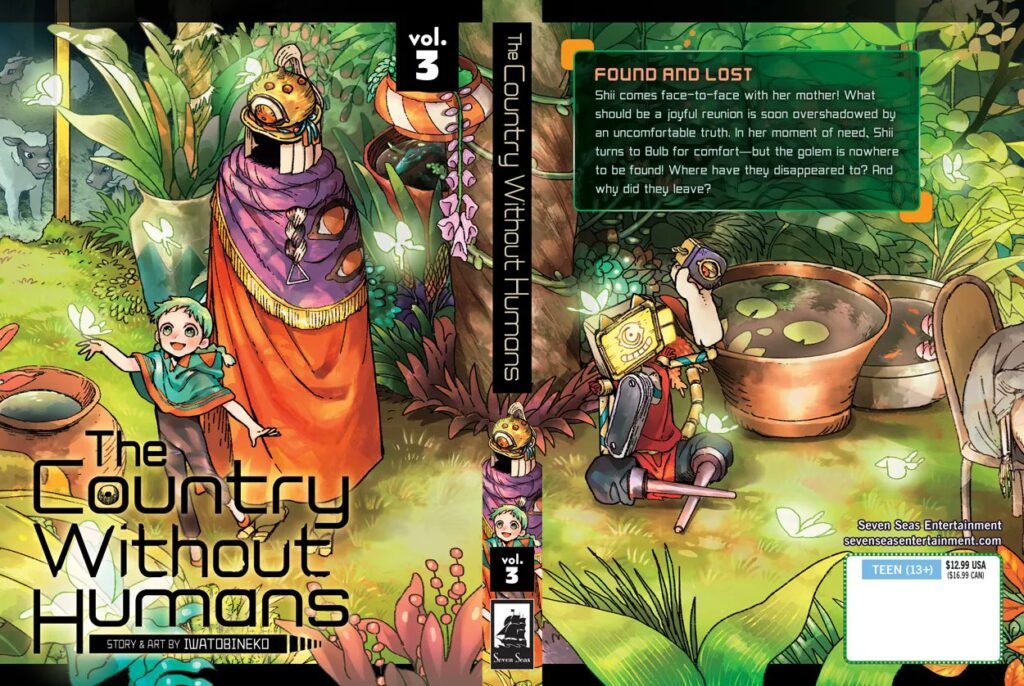deerstalker
https://blacknerdproblems.com/chronicling-the-reinvention-of-supergiants-isometric-combat/
Six months ago, Supergiant released the trailer for their latest game out of nowhere. In a style that was distinctively reminiscent of their precious title, the trailer had that stylized flare, that je ne sais quoi, and then as the phrase “Death to Kronos” was uttered twice, a couple gears clicked and my eyes widened at the realization that this was not just a Supergiant game. This was the first ever sequel. This was the triumphant return of the god-like Roguelike. This was Hades II.
And for the past six months, I have anxiously awaited any news. Since we are six months into 2023 and waiting, I have decided to channel my fervor into preparing the rest of the world by looking at the mechanical and narrative evolution over the years. Supergiant has discussed how their games are direct responses to their previous titles, but I wanted to trace the ancestry from a player perspective this time around.
We start of course with the first offering from Supergiant, Bastion. Released in 2011, the very DNA of Supergiant’s signature is evident from the moment you boot up the game and see the gorgeous, hand-painted styling and hear Logan Cunningham’s narration as you control an unnamed protagonist simply referred to as “the Kid.” The world is seemingly endless as you control the Kid: platforms manifest as you continue to view the world from an isometric perspective as you navigate areas and slowly learn to punch, shoot, and dodge your way through the path, buying upgrades and items along the way.
And while the combat definitely is not quite as smooth as later outings, the basic mechanics are solid and the two weapon system allows you to lean into certain play-styles. It allows you to mix and match things from a surprisingly vast arsenal featuring a hammer, a bow, a machete, various guns, various explosives, eventually a battering ram, and more. There’s even unique dialog with each of the pairings. The main narrative is fairly straightforward as you work to slowly restore the fractured world, it but doesn’t quite offer much depth beyond that. Still, the presentation goes a long way into making various bits memorable.
Their sophomore outing, Transistor, came out three years later and the three years turnaround showed that Supergiant was working on perfecting its system the entire time. The same isometric perspective prevailed, but rather than a stock fantasy world, Transistor was a little more cyberpunk, with a storming city as the major set piece. That being said, the world was still plenty vibrant despite being a capitalist dream/nightmare as you controlled Red, a voiceless woman, and helped her wield the titular technological greatsword Transistor.
The narrative was more contained; a much more personal story focused on a singular relationship and the world that was determined to undermine it. It’s through this focus that a deeper emotional resonance is created. And from a combat perspective, a now familiar upgrade system that several games take after is found. Red wields the Transistor as her sole weapon (a notable departure from the grab bag approach of its predecessor), but she is able to upgrade it with functions to either directly upgrade skills or slotted into secondary slots for passive effects. Furthermore, these functions are able to be combined in a wide variety of ways allowing for a massive amount of customization, a feature that would become a mainstay in the genre.
And right on cue, three years later, Supergiant released Pyre out into the world. Pyre remains an oddity among Supergiant’s library even though the DNA is still there. The isometric combat lives on, although combat here refers to a fantasy basketball game. Pyre has you assume the role of a nameless tactician coaching a team of ragtag misfits through a single elimination tournament bracket. You are trying to lead your teammates to get to the other side of an enigmatic wall to eventually help instigate a political uprising.
Pyre is fascinating because it features nine different teammates that you form relationships with and then eventually have to say goodbye to. There’s an added dimension to the dynamic given that investing in a character makes them more powerful, makes you more attached, and then makes it more difficult to send them away as you still have to participate in the Rites, slowly seeing your party dwindle. Pyre’s an ambitious narrative that’s meta-narrative is a tangible, repeatable moral choice, and it is here that the Supergiant’s storytelling matured into something truly special.
Hades, once again following the three-year cycle, is the last game released from Supergiant, and we’ve talked about how incredible Hades as a game. Repeatedly. Everyone’s talked about the greatness of Hades: The magnificent voice acting, the diverse pantheon, the incredibly well-balanced isometric combat, a boon system that has been copied repeatedly, fast paced frenetic combat. And perhaps, most impressively, pulling off the seemingly impossible feat of giving a poignant narrative to a Roguelike. Zag’s journey to reunite with his mother and later make amends with the divine Pantheon is one of the most impactful stories I’ve had the fortune of experiencing. This was helped by its fluid combat that connects the growth of various relationships to the powers and creating a tangible sense of mechanical and story progression.
Hades, for the longest time, remained the pinnacle of the genre, a game that honed its edges to a razor-sharp edge that immediately endeared everyone who played it. The scope of Zag’s climb to the surface was bolstered by an elaborate backdrop and modular difficulty that makes the tale accessible to all who wish to partake.
Hades II, which I hope to the various gods, comes out this year is the first direct sequel that Supergiant has done, and this means that not only that they want to explore the world, but that they feel like they can explore in a new way. And from the trailer, we know that Melione’s journey is going to take us through yet another isometric dungeon crawling as we bond with a whole new set of characters, but knowing Supergiant, just because it shares the same bones, it’s likely going to be a whole new experience. They have proven time and time again that they are able to iterate and improve, and the foundation they have built is plenty solid.
We can expect a diverse arsenal that will speak to a wide variety of playstyles that we can tune to our heart’s content. We can expect aggressively attractive character models that will remind us to keep a hydration source nearby. We can expect increasing clean production and polish, and I just really, really need them to announce when the early access is so I can let everyone know that I will be available. This is a team that is reflective and deliberate, and if they want to make a sequel, if they want to take the lessons they’ve learned and reinvent the wheel, I can’t wait to watch it spin. And until then, I guess I’ll just rewatch and replay everything I can get my hands on.
Want to get Black Nerd Problems updates sent directly to you? Sign up here! Follow us on Twitter, Facebook, YouTube, and Instagram!
The post Chronicling the Reinvention of Supergiant’s Isometric Combat: A ‘Hades II’ Hype Guide appeared first on Black Nerd Problems.
















